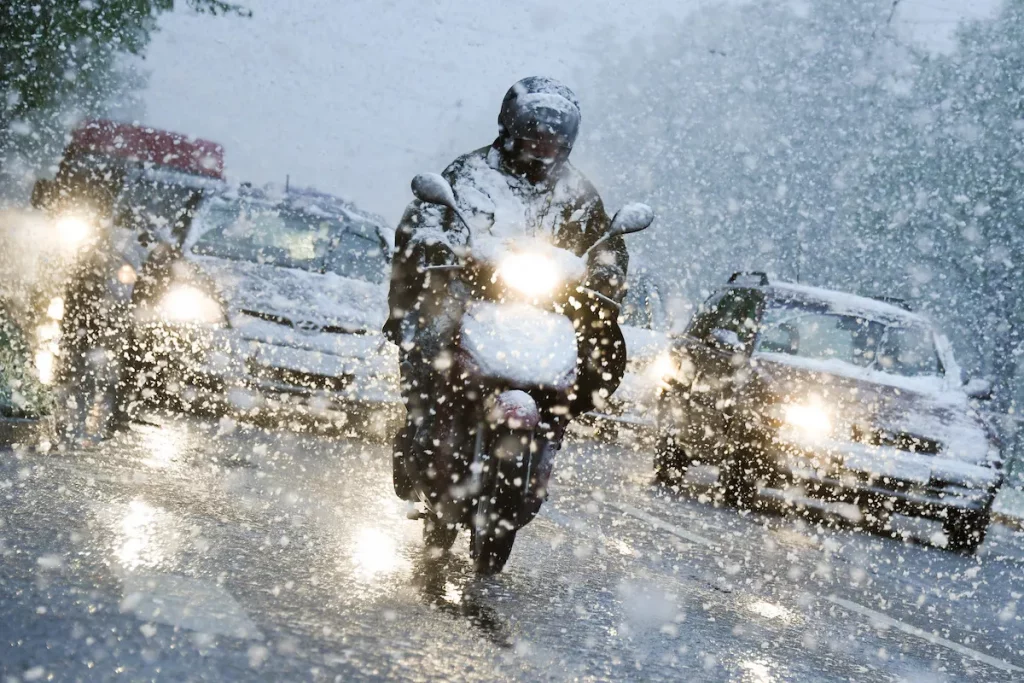
For some riders, the idea of riding in Summer rain is the stuff of nightmares, for others its just another challenge to conquer. Road conditions in the winter can change quickly, its as much about adapting your riding to the conditions as it is preparing for the ride.
Bike:
Always ensure that your bike is legal, but even more so in the winter with its damp, dark and slipper roads at best.
Battery – motorbike batteries do not like being left in the cold and unused, winter kills batteries quickly, keep them topped up with a smart charger.
Chain – ensure that your chain is well lubricated and adjusted correctly, salt and grit from the roads can quickly erode chains.
Clean – wash your bike off frequently, remove all the salt and grit.
Lights – you need to see and be seen, ensure your lights are clean and work properly.
Tyres – when the ambient air is likely to drop below freeing, you need to be checking your tyre pressures more frequently (cold temperatures can have a considerable effect on tyre pressures, from frigid frost to icy snow, the chilly climate can cause tyres to loose their bounce and become significantly deflated).
Clothing:
As with anything in the winter, layering up is a must, however you need to ensure that your clothes are dry.
A full face or modular helmet is recommended as is the use of a pinlock to stop the visor fogging. I also use Rain-away to repel water from the outside of the visor.
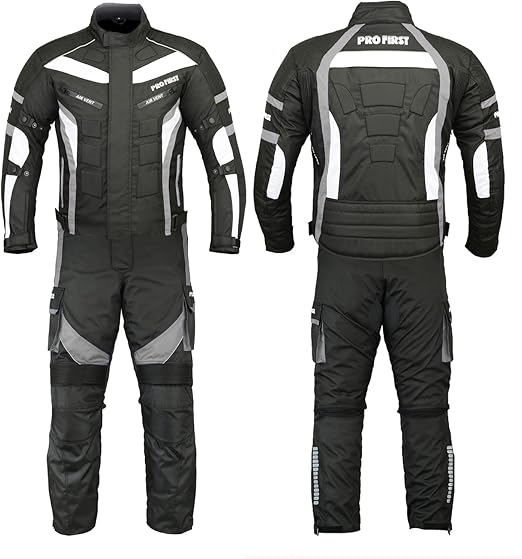
Textile clothing is a must as far as I am concerned. Most textiles come with a removable thermal lining so that they can also be used in summer.
I would opt for a light or high visibility colour.
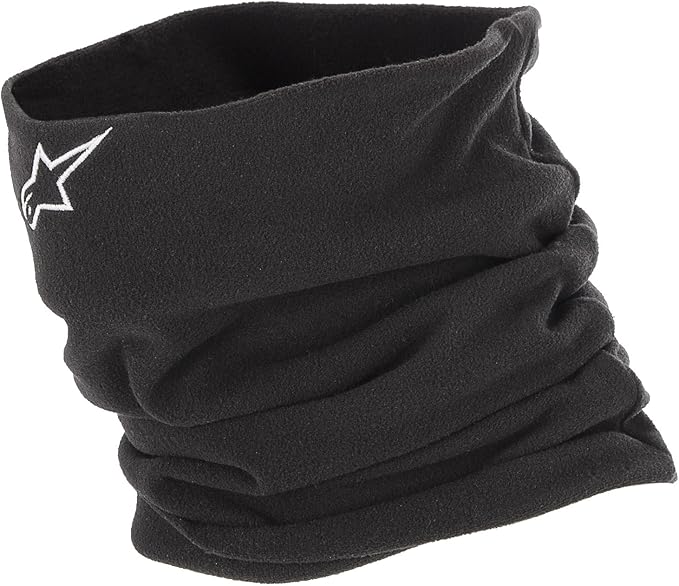
Snood/Neck warmer. This is definitely a comfort item, however, if you are cold you wont enjoy riding.
I carry two, in case one gets wet, however one is fur lined for the extra cold rides.
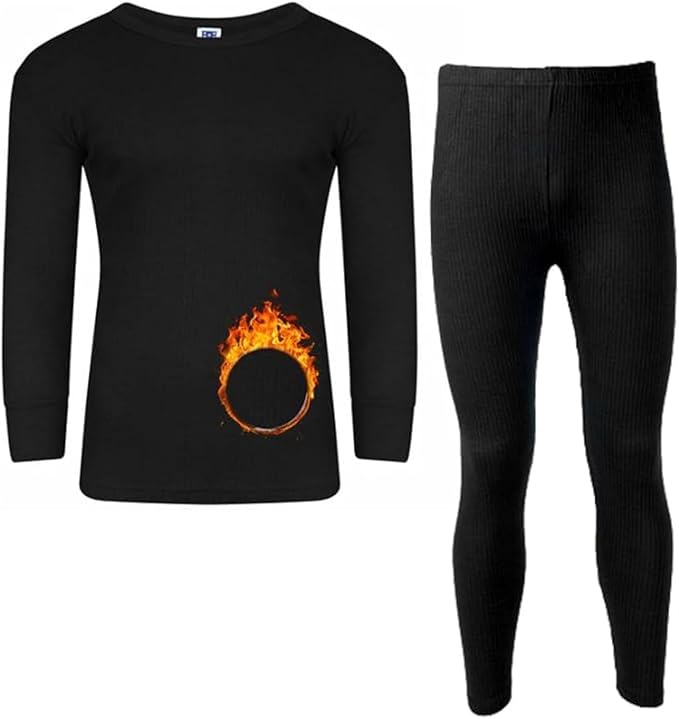
Thermals. As with the snood/neck warmer, being cold equals a miserable ride.
Cheap thermal layers are amazing.
Personally I don’t use heated thermal layers because I can never remember to charge them up and they are bulkier.
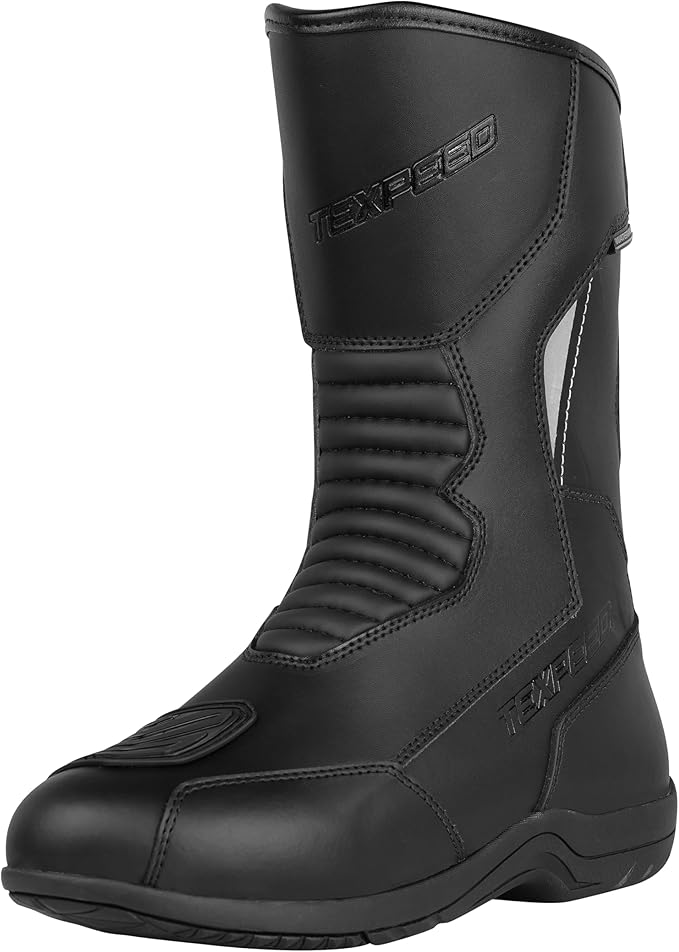
Winter boots are an essential. Tall, waterproof, touring type boots.
Treat your boots to a clean and redress of the waterproof layer each year and they should last a long time.
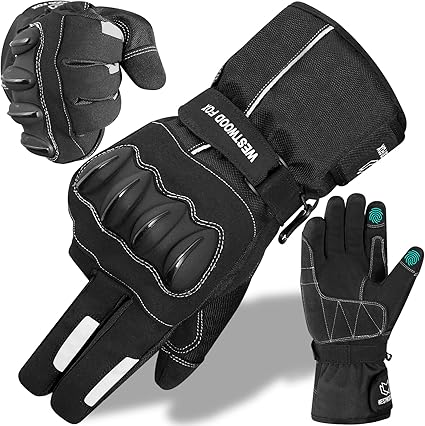
Winter gloves, these are important. Gloves are essential no matter the weather, but with a higher risk of sliding they are even more important.
In my experience, no matter the cost, they never last more than a season, the plastic layer breaks down rendering them not waterproof and I end up purchasing a new pair every year. I carry an old pair just in case the current ones get drenched, no one wants to put their hands in cold and damp gloves.
Extras & Accessories:
Breakdown cover – a great extra for winter riding.
Heated grips – amazing things, however, don’t use them in the rain if you have waterproof gloves on as the heat will degrade the plastic lining quicker. Buy Oxford Hot Grips from £58.48
Riding:
It is important to remember your limits!
Wind chill – often overlooked, but pretty uncomfortable when your stationary, when your moving at 40MPH exposed skin will feel even colder. Think about your route, think about your clothing.
Black ice – can be deadly. Its hard to spot and extremely slippery. If you find yourself riding in sub-zero temperatures, the risk of black ice is high. There are a few things you can do to reduce the risk of dropping your bike:
- Go slower – seams obvious but makes a huge difference.
- Be gentle – riding a bike is about smooth inputs and put your skills to use.
- Rear brake – more stability, dragging your back brake will help keep the bike upright.
Respect the conditions – evaluate your journey before making them, adjust your ride according to the environment. Winter is all about limits, if you push yours or those of the bike you are going to have a bad time.
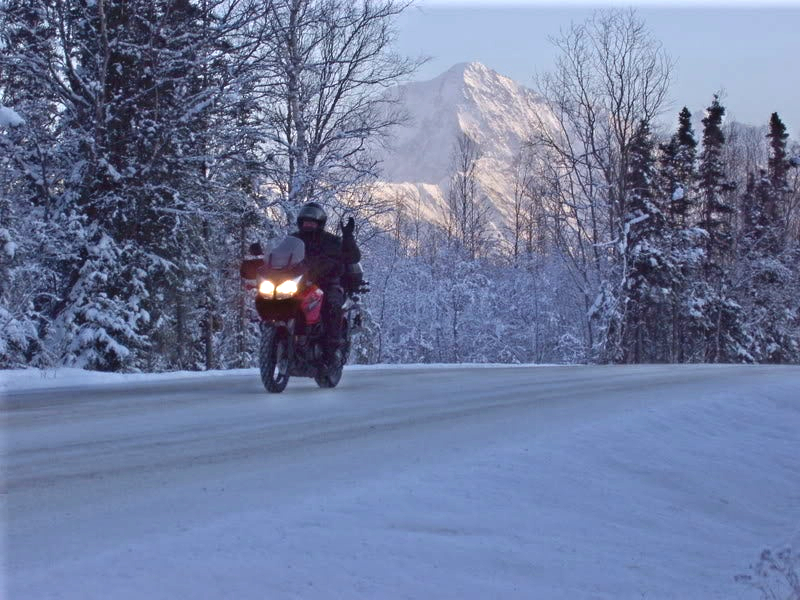
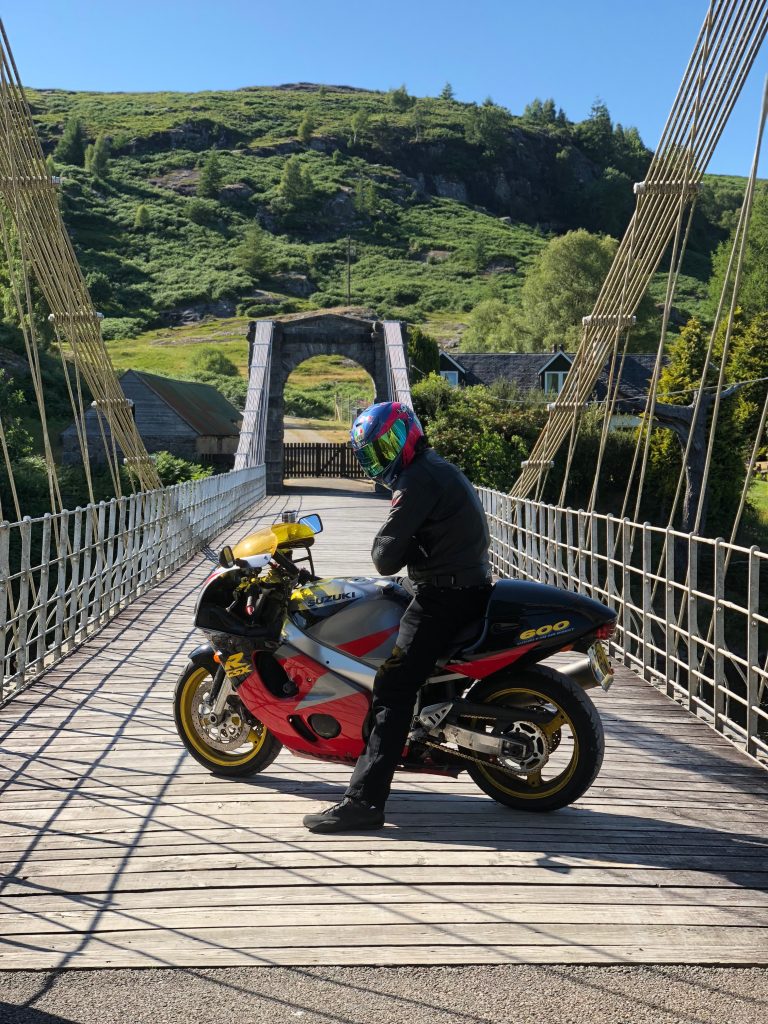
Article written by Nige.
Last update: November 2024
Nige commutes to work on one of his ‘trusty’ bikes in all weather.
Nige is also a biker and enjoys going on long tours, his life goal is a RTW tour.
We may receive a commission if you purchase a product using the affiliate links on any page of this website. This is at no cost to the purchaser, however does support our website and helps us to continue to build with more great content.
